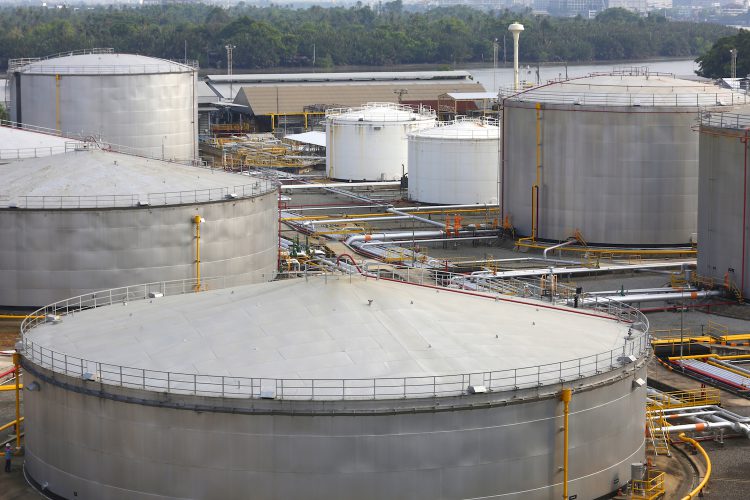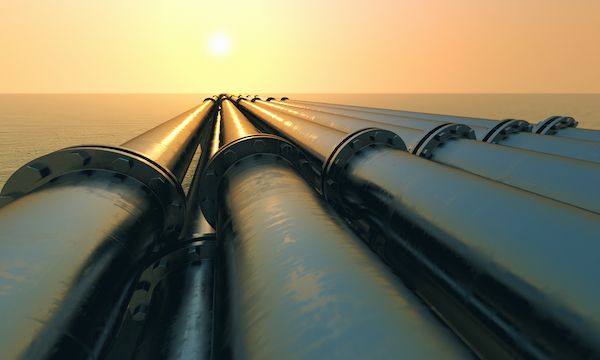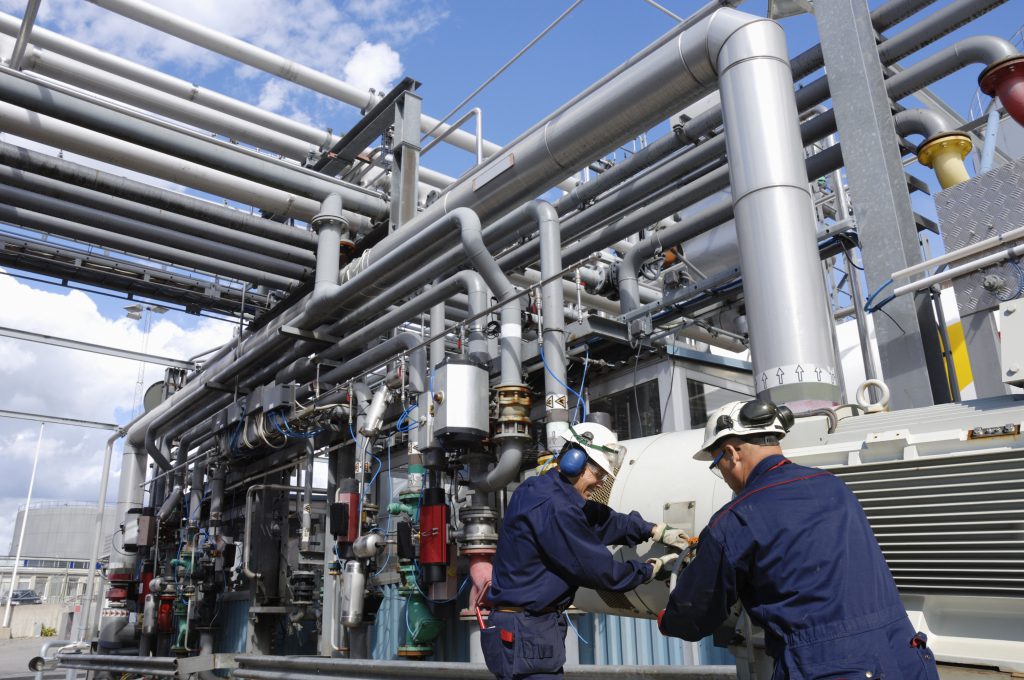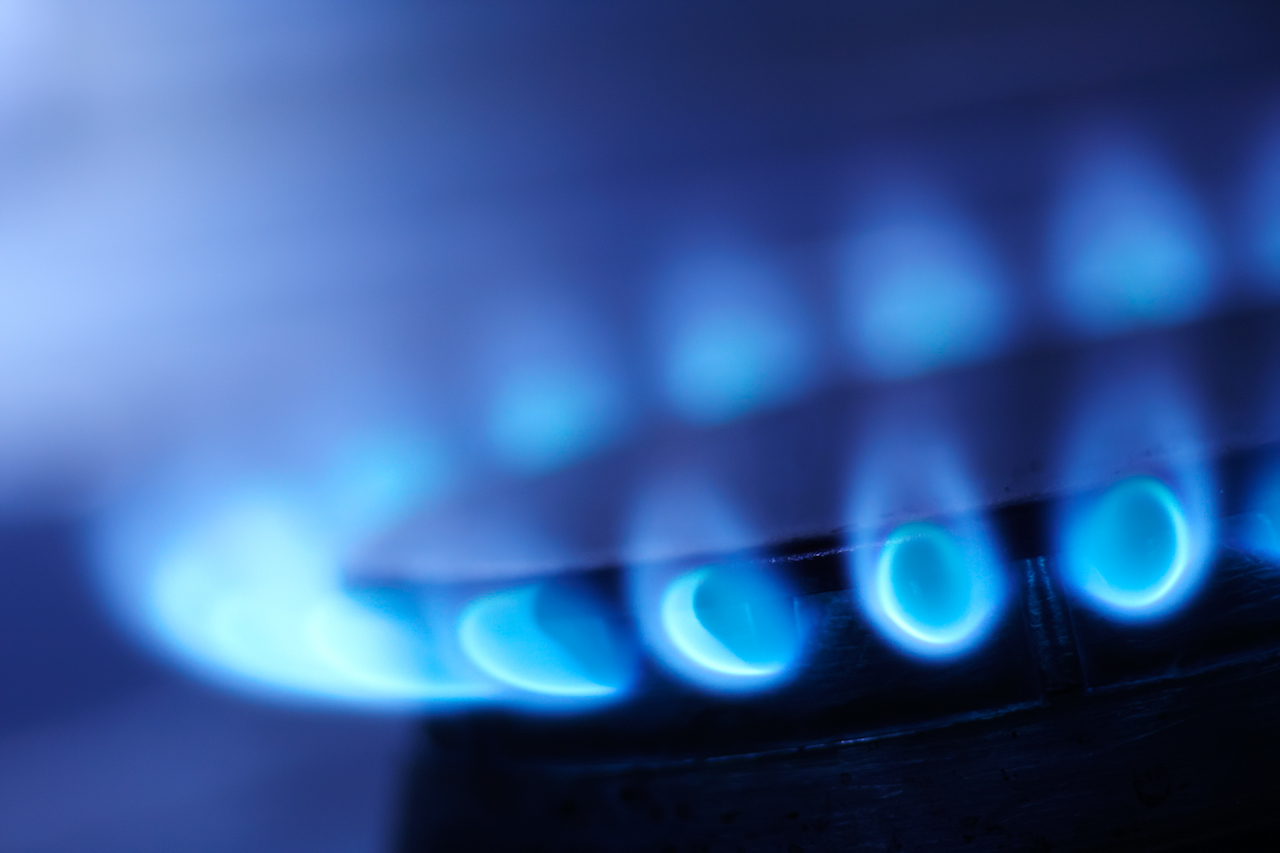
Hydrogen Embrittlement
HydroPel was designed to address the key safety issue of hydrogen embrittlement, wherein the extremely small hydrogen molecule can diffuse into conventional steel causing it to become brittle, and eventually crack and leak. HydroPel is unique, not only in that it averts the need to construct new expensive pipelines from hydrogen-resistant metals, but that it can be applied in-situ to existing infrastructure utilizing an intelligent “pig” – an artificially intelligent machine that moves through the existing pipeline, examining, treating and documenting at each step.

Gas Blending and Transportation
A growing body of research shows that hydrogen will be critical in meeting carbon and emission goals. Estimates by EU, IEA, and US Department of Energy indicate that the transportation of hydrogen in pipelines is significantly lower in cost compared to other methods, like compression, ammonia storage, or liquid organic hydrogen carriers (LOHC). If existing pipelines can be made safe for H2 blending, refurbishment would provide massive cost and time savings, would require less modification, and possesses right of way (ROW) to implement hydrogen strategy in a short span of time.

New vs. Refurbished
In the U.S. market alone, there are more than 3.5 million miles of existing natural gas pipelines that could potentially be used for H2 transportation if retrofitted with HydroPel. As of 2022, experts estimate an approximate cost of $4.65 million/mile (36” diameter) to lay new hydrogen-resistant pipelines. There also are significant hurdles in building new pipelines, such as permitting, environmental, and cultural concerns. HydroPel can be applied to existing US pipelines at a cost of just $0.239 million/mile –1/20th of the cost of laying new pipe.
HydroPel's Impact
If the US were to replace this existing pipeline network with new hydrogen-specific pipelines the cost is estimated to be $4.65 million per mile – or over $16 trillion in total – most of which would be funded by taxpayers or absorbed by energy customers in the form of higher energy costs.
Relative to building new pipelines, HydroPel is a low cost and a solution that can be implemented today. HydroPel is a promising step toward rapidly reducing the world’s carbon emissions that offers a pathway to H2 usage at scale, delivering a 16% decrease in greenhouse gas emissions by 2050. HydroPel is a great example of applying a disruptive innovation to existing infrastructure, to rapidly deliver a low-cost solution to an intractable problem.

H2XCEL Lab
The H2XCEL laboratory is the only state of the art facility in the U.S. that can test and evaluate how hydrogen/methane blends interact with pipelines and metallics in real world conditions. With this knowledge, companies and researchers are able to evaluate the effect of H2 transportation to solve the transportation component of the green hydrogen economy puzzle.

20% Hydrogen blending
According to Energy Network Association (ENA), blending 20% hydrogen into a country's gas grid will reduce a significant carbon emission per year. In a country like the UK, that is equivalent to emissions from 2.5 million cars.

Extensive testing
H2XCEL, shorthand for Hydrogen Accelerator, is a one-of-its-kind facility that is supercharging the testing and deployment of novel Hydrogen enabling technologies. H2xcel enables advanced, high-pressure, high-temperature testing environments that simulate H2-Methane blends in pipeline conditions.